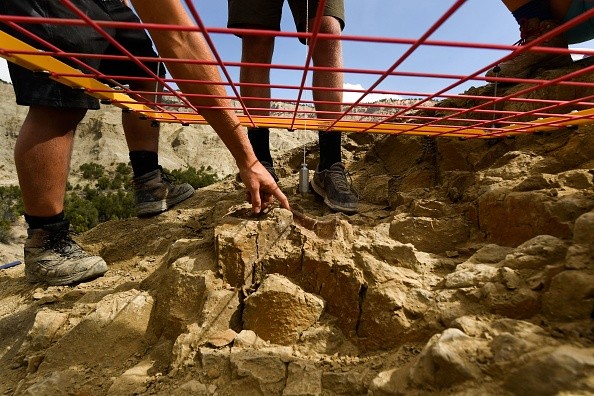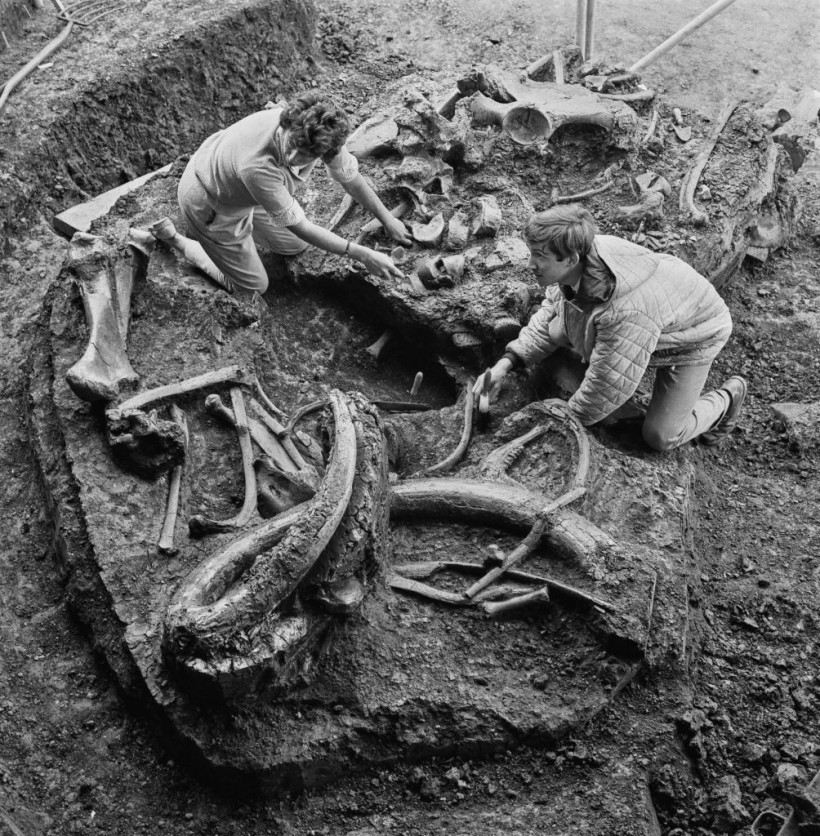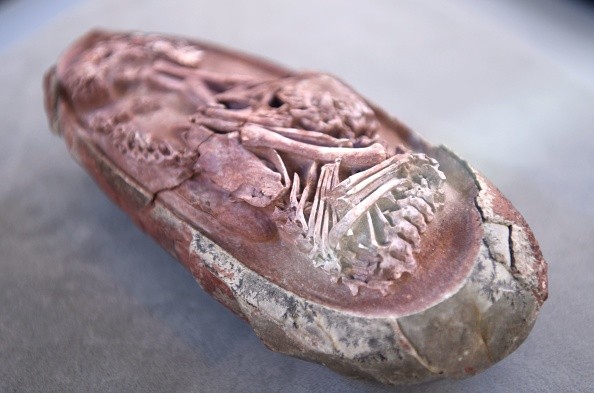One-of-a-kind fossils of plants, insects, fish, and other animals provide an unprecedented look into Australia's wetter, forest-dominated past.

Vertebrate paleontologist Matthew McCurry and colleagues report on January 7 in Science Advances that McGraths Flat in New South Wales includes hundreds of superbly preserved specimens of flowering plants, ferns, spiders, insects, and fish.
Studying Ancient Remains

Scanning electron microscope images of the fossils' soft tissues reveal them in incredible detail, from the facets of a crane fly's complex eye to phantom midges stuck in a fish's gut.
A long time ago, Australia was covered in rainforests. Earth experienced a climatic upheaval during the Miocene Epoch, around 23 million to 5 million years ago. For Australia, this meant drier conditions, with shrubs, grasses, and deserts erupting in once-dry areas. Between 16 million and 11 million years ago, McGraths Flat emerged during the shift. New examinations of ancient pollen and leaves reveal that it was part of a temperate woodland around a small lake at the time.
Finding the Fossils
According to the researchers, the fossils were cemented between tiny layers of goethite, an iron hydroxide mineral that developed as acidic waters cycled through basalt rocks, leaching off their iron. The iron oxidized and precipitated as goethite particles when the groundwater flowed into the lake. Plants, insects, and other species in the water were encased in the tiny particles, which subsequently replaced portions of the organisms' internal components, potentially while they were still alive.
"We wouldn't have thought to seek for well-preserved fossils in this sort of rock until we researched these fossils," McCurry of the Australian Museum Research Institute in Sydney said. The creatures tend to be trapped in the kind of soft mud seen at the bottom of a sea in other fossil-rich locations noted for preserving soft tissues, such as Canada's Burgess Shale or China's Qingjiang biota (SN: 11/28/11; SN: 3/21/19). This location, however, "shows that goethite contains everything you need to make incredibly well-preserved specimens," according to McCurry.
Related Article: More than 500 New Species was Discovered by the Natural History Museum in 2021
Fossils
It's not uncommon for animals, plants, and other things to decompose after they die. They are, nevertheless, sometimes preserved as fossils when the conditions are suitable.
According to the New York State Geological Survey, fossils are created by various physical and chemical processes.
Whole-body fossils that retain biological tissues can be created by freezing, drying, and encasing them in tar or resin. These fossils portray creatures as they were when they were alive, although extremely rare.
Being buried in sediment can cause the tissues of creatures to emit hydrogen and oxygen, leaving a carbon residue, such as plant leaves and the soft body parts of fish, reptiles, and marine invertebrates.
Permineralization, often known as petrification, is the most prevalent form of fossilization. The hard portions, typically the bones, are left behind when their soft tissues disintegrate in silt.
Recent Fossil Discoveries

Researchers have discovered that certain fossils aren't merely minerals in recent years. Organic material dated to the Cretaceous, which lasted from 65.5 million to 145.5 million years ago, and the Jurassic period, which lasted from 145.5 million to 199.6 million years ago, has been found in certain fossils.
Related Article: 5 Most Important Fossil Discoveries in the World
For more prehistoric news, don't forget to follow Nature World News!
© 2024 NatureWorldNews.com All rights reserved. Do not reproduce without permission.

![Tsunami Hazard Zones: New US Map Shows Places at Risk of Flooding and Tsunamis Amid Rising Sea Levels [NOAA]](https://1471793142.rsc.cdn77.org/data/thumbs/full/70325/280/157/50/40/tsunami-hazard-zones-new-us-map-shows-places-at-risk-of-flooding-and-tsunamis-amid-rising-sea-levels-noaa.jpg)



